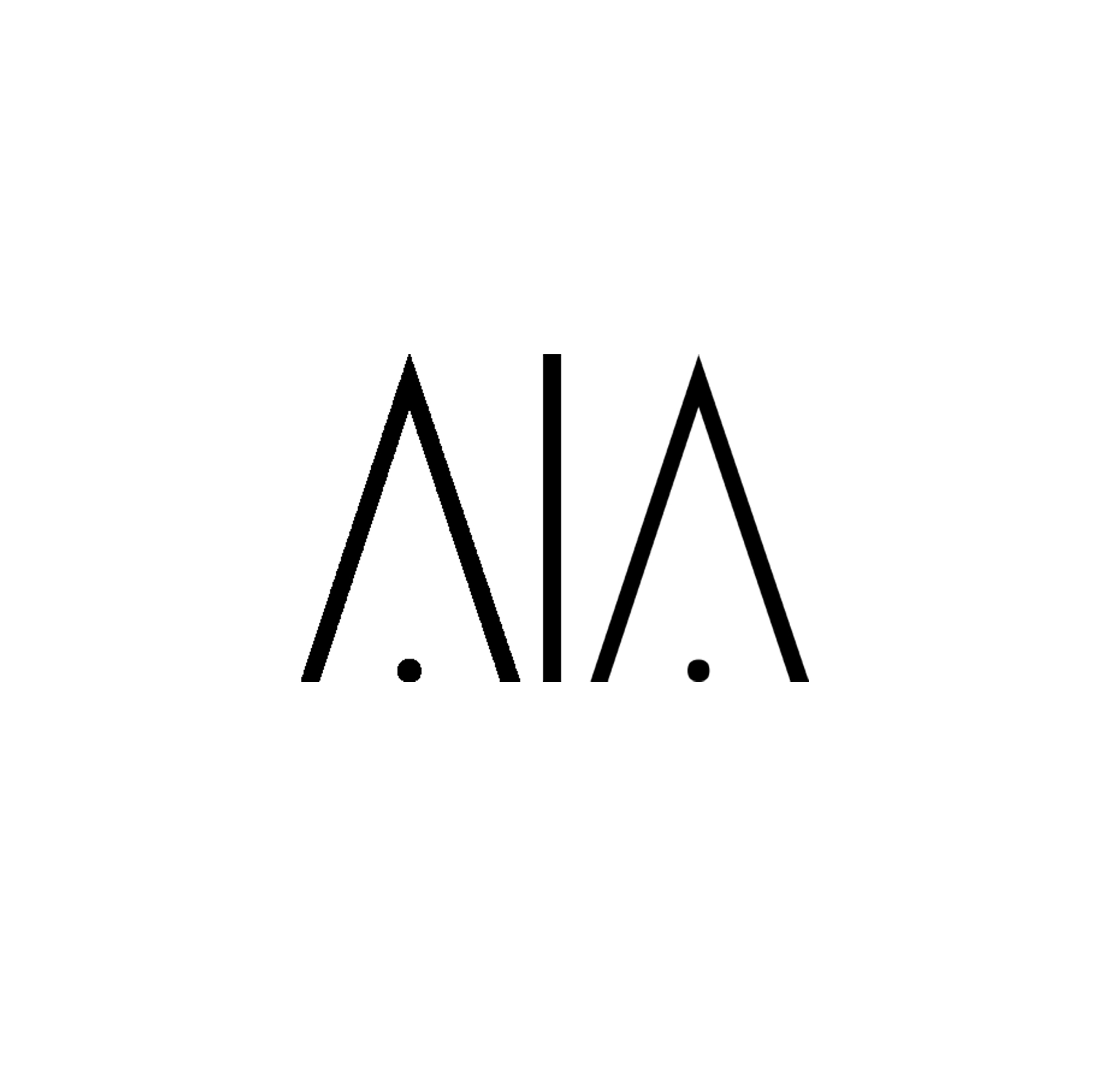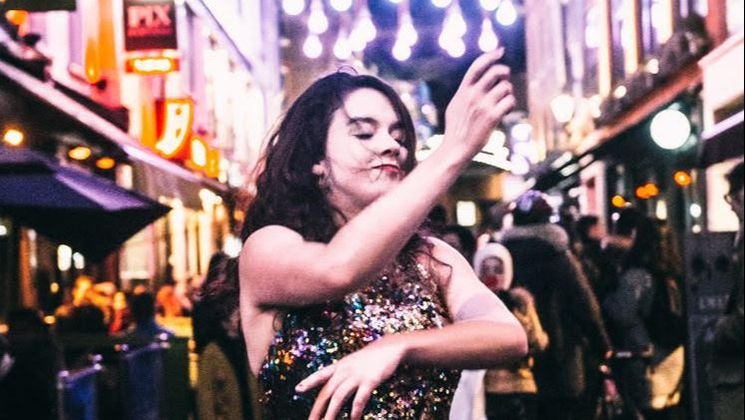01: The New Artist Economy - The Spark Factory
Jessica Cheetham
Artistic Director of Spun Glass Theatre & The Spark Factory
Brighton
I’m the Artist Director of Spun Glass Theatre and we curate The Spark Factory, which is a platform for artists to get involved with the Brighton Fringe. We support risky, bold performance artists in putting on new ideas. The Spark Factory takes place over a week and artists apply to partake and 7 are selected. It runs on a co-operative model: the artists put in £170 each. Revenue from ticket sales are redistributed equally and each of the artists/companies collaborate on the production, marketing and artistic side of activity.
In 2016, prior to The Spark Factory, I had put on shows at Brighton and Edinburgh Fringe, which I considered were quite low-risk – one had Arts Council England funding and the other was a solo show. We had free rehearsal space, I knew the city, we had a good profile and best venue for our requirements. However, between April and August 2016, I was shocked by the financial output. With Brighton, we had pledged to pay the performers, which contributed to high costs. But there were also a number of hidden costs within venue, such as VAT invoiced on top of hire, that wasn’t aforementioned. On top of that, the audiences just weren’t there as expected. The venue wasn’t the best with audience development or engagement and in the end, it resulted in a big financial loss, for which the risk was personal – I had to move out of my home and went to live with friends. It really affected my own mental health and wellbeing, which took about 8/9 months to recover from.
When it comes to artists at Edinburgh, money is such a huge factor in who can access opportunity. The outcome ends up pretty homogenous, with the same companies and same kind of people making art in these spaces.
I had this idea of a Fringe festival dream, with how I imagined, post-graduation, I was going to become an artist. I’d take a show to Edinburgh. It would win an award and get amazing reviews and we would become the darlings of whatever theatre. I was spending time with some friends who were making much more commercially-minded work in improvised comedy and thought all I needed to do was be really good for the Fringe model to pick me up and launch my creative career.
But the reality is the model is outdated and the market is saturated. The dream I’d imagined was only feasible to a select number of artists with pre-existing access to funds. The more I thought about it, the more money was clearly tied up in how and who could access these opportunities. If the Fringe isn’t going to create the opportunities that it once did, and isn’t going to work for a broader spectrum of people, the fringe network isn’t going to change itself. It needs to be much more grassroots and artist-led.
We started The Spark Factory as a co-operative for support. With each artist paying £170, it covers costs for, one registration for Brighton Fringe, press, PR, marketing and one venue guarantee with a venue who are much more transparent with their financial deals. Everything is promoted under The Spark Factory umbrella. We want to position Spark as something different, something that champions risky, edgier work and makes for easier access. Our first year returned each artist £200, making a £30 profit: a huge improvement from the significant losses we experienced at the Fringe prior.
We decided to set it up at Brighton – Edinburgh feels to be a completely different beast. Brighton Fringe is currently looking for its identity. There is lots of pushing in a commercial direction to find growth and wanting to compete with Edinburgh, but we’re striving for an artist-led movement.
We have to ask who wins in these fringe models? It was easy for us to blame the venues taking all our money and not caring about the artists. But the more we spoke to them, we realised they were paying loads on the venue and were finding themselves just about breaking even from these significant costs or even making a loss. In that regard, it’s more the landlords or the local council who own the spaces who are profiting. The venues were the middle man, taking the money from the artists and giving it to the landlords.
Ordinarily, we found £1100 is the average outgoing for each artist in order to receive what we’re offering. By calling artists to arms and pooling resources, we’re able to get it done for much less. It feels much more positive to think about ‘hacking’ the fringe in this way. We have office and tech hacks – I always wanted to be a messy artist, breaking things down and building them back up again. I would love this model to expand, so we can have The Spark Factory programming for longer than a week, and ultimately in its own venue.
At present, we’re in our second year of The Spark Factory. I’m aware it’s not a perfect model, potentially quite flawed. £170 doesn’t cover the costs of what it takes to get the show ready, for example. On average, the artists and companies we work with spend £400-500 for that, so we’re not yet able to address that. We also want to curate the festival because we want a sense of quality. We ramped up what we expected of our artists in this regard in the application process, which led to a more homogenous cohort, who were further in their careers, so we had to work harder to reach, particularly disabled artists. But we’re conscious and want to work on this.
Ultimately, we welcome lots of diverse voices interrogating how it runs and sharing thoughts on how it could work for them.


